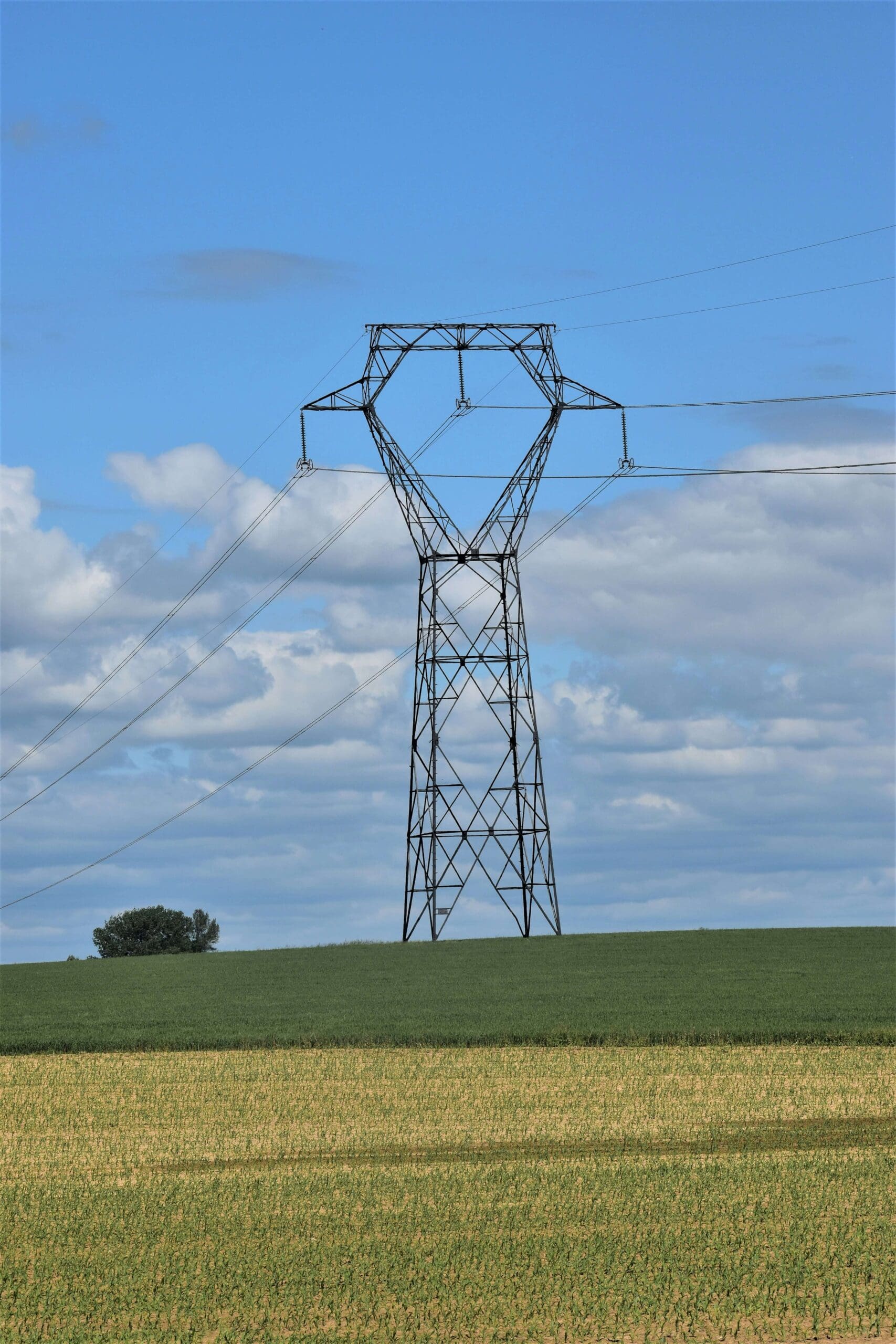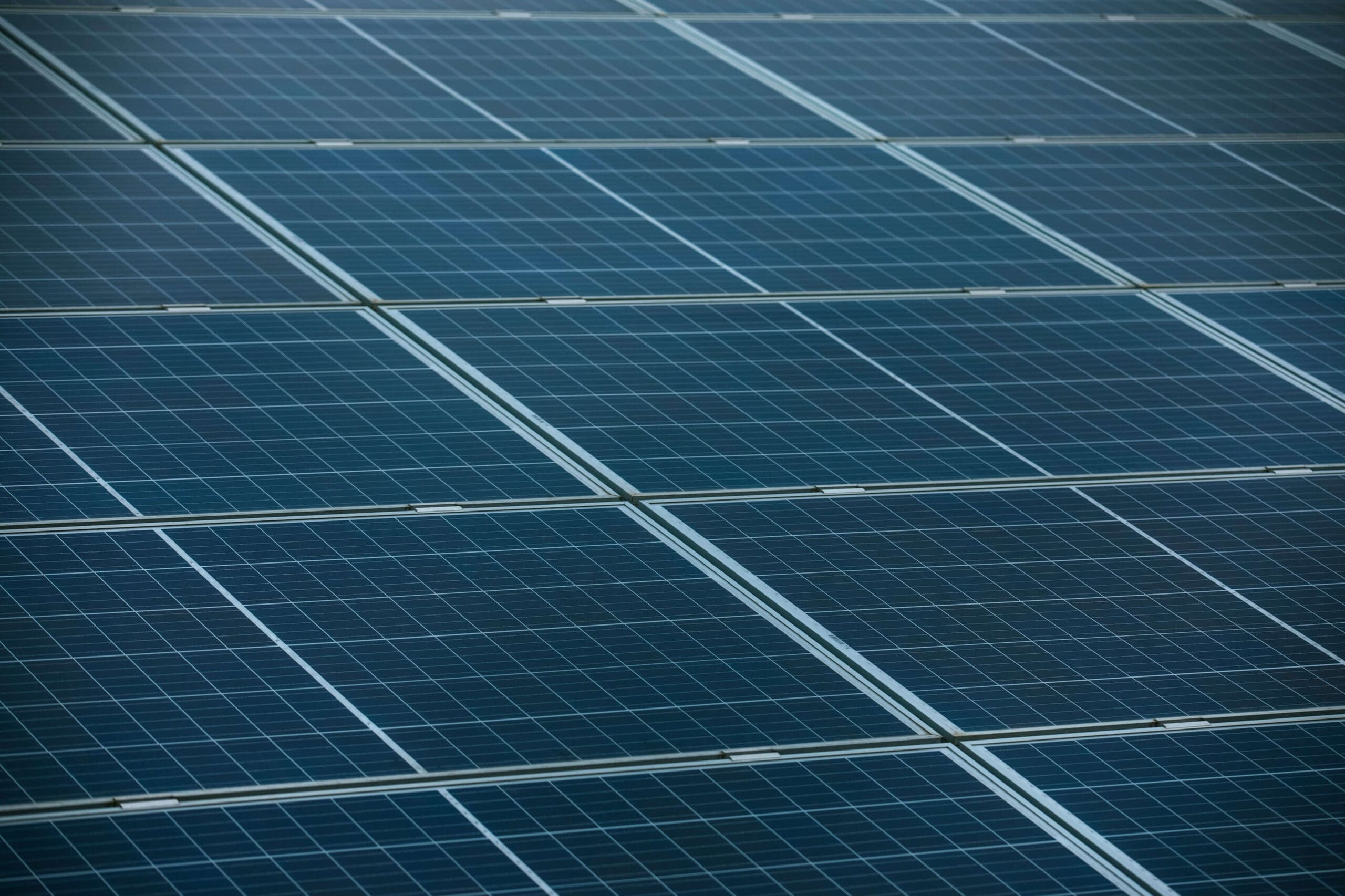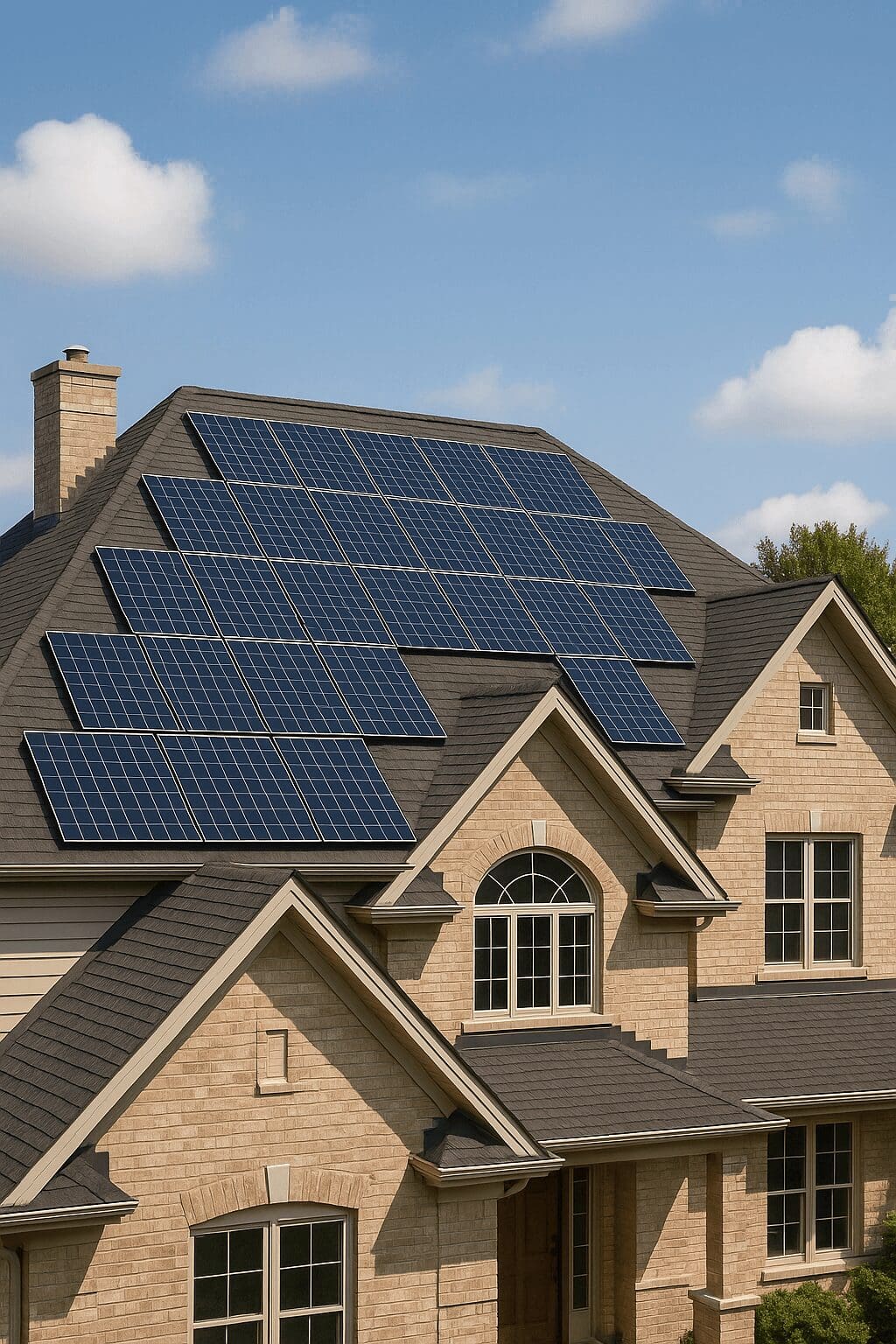Rooftop solar power is turning heads for good reason. Canadian homeowners are discovering that solar panels both lower electricity bills and add serious value to their properties. With energy costs on the rise, generating your own power makes both financial and practical sense. Plus, the long-term benefits stack up year after year, making solar a worthwhile investment that will continue paying off for decades.
Government incentives sweeten the deal by cutting initial costs, while advances in technology have made solar panels more efficient and affordable than ever before. Financing options are flexible, allowing homeowners to get started without the heavy upfront costs that once made solar feel out of reach. It’s a shift towards energy independence, where you rely less on utility companies and more on accessible and affordable energy from your own rooftop.
And just to clear things up, energy independence means your home can produce its own electricity, reducing your reliance on the traditional power grid. Think of it as giving your home the ability to power itself. It’s about control, savings, and doing your part to secure your family’s financial wellbeing.
The Rising Cost of Electricity in Canada
Electricity costs differ across Canada based on provincial policies, infrastructure, and the evolving energy market. Over the past decade, provinces like Ontario and Alberta have seen notable rate increases, leaving homeowners and businesses looking for ways to manage rising costs.
With rising electricity costs, Canadian families want cost-effective solutions to reduce their monthly power bills. Rooftop solar offers a practical way to regain control over household energy expenses, especially when combined with net metering programs and government incentives.
The Basics of Solar Panels and Photovoltaic Systems
Solar panels are made up of tiny energy-catching units called photovoltaic (PV) cells that convert sunlight into usable power.
Here’s how it happens:
Sunlight shines on the solar panels, and the PV cells absorb the light.
- The energy from the sunlight excites electrons inside the cells, making them move.
- This movement creates an electric current, which flows through wires, just like the electricity from a wall outlet.
- That electric current gets sent to a device called an inverter, which converts it into usable power for your home.
- Your home runs on this electricity, powering lights, appliances, and anything else that needs energy.
Incredible, right?! To quote renowned science fiction writer and futurist Arthur C. Clarke, “Any sufficiently advanced technology is indistinguishable from magic.”
If your solar system makes more electricity than you use, it can be stored in a battery or sent back to the power grid, where you could even get a credit from your utility company.
So, this is how installing solar panels lets homeowners generate their own electricity, reducing dependence on traditional energy sources and lowering electricity bills.
If you’re considering solar, it’s important to know that there are two main types of solar systems and we’re going to briefly talk about each.
Grid-Tied vs. Off-Grid Solar Systems
Grid-tied solar systems offer homeowners two key approaches to integrating renewable energy with the grid. In many regions, these systems allow households to use solar power directly, with any excess electricity fed back into the grid, often earning credits through net metering programs. This setup helps offset electricity costs while keeping homes seamlessly connected to the grid for reliable energy whenever needed.
In places like Alberta, all solar production is sent directly to the grid, generating credits that reduce electricity bills over time. Instead of using solar power in real-time, homeowners benefit from lower costs through these credits, making it a practical choice for those looking to maximize financial returns on their system without managing battery storage or energy consumption fluctuations.
Off-grid solar systems provide complete energy independence by operating without a connection to the local utility grid. These setups generate electricity through solar panels and store excess power in batteries, ensuring a reliable energy supply even when the sun isn’t shining. With no reliance on traditional power providers, off-grid systems are ideal for remote locations or homeowners seeking total control over their energy usage.
Since these systems must produce and store enough electricity to cover all consumption, proper planning is essential. Battery capacity, system size, and backup solutions like generators help ensure uninterrupted power, making off-grid solar a sustainable and self-sufficient option for those looking to break free from rising electricity costs and grid limitations.
Net Metering and Government Incentives
Through net metering, homeowners with solar panel systems can sell excess energy back to their utility provider in exchange for energy credits. These credits offset future electricity costs, ensuring that households only pay for the net energy consumed over a billing period. Essentially, when solar panels produce more power than a home uses, the surplus is fed into the grid, reducing reliance on traditional energy sources and lowering electricity bills.
The Financial Benefits of Rooftop Solar
Lower Monthly Electricity Bills
Installing solar panels significantly reduces dependence on traditional electricity providers by allowing homeowners to generate their own electricity, lowering reliance on the grid and fluctuating utility rates. Solar energy provides energy independence, meaning households can produce power directly from sunlight rather than purchasing it from utility companies. Additionally, seasonal benefits, such as Solar Club in Alberta, allow homeowners to maximize energy savings during spring and summer, when there’s the most sunlight.
Return on Investment (ROI) and Long-Term Savings
A typical solar panel system in Canada has a payback period of 7–12 years, meaning that after this time, homeowners enjoy free electricity for the balance of the 25-30 year lifespan of the system. But what does that look like in real savings?
Breaking Down the Numbers
Let’s say a homeowner in Alberta installs a 7-kilowatt (kW) solar system, which costs around $18,000 before incentives. With the Canada Greener Homes Loan and provincial incentives, upfront costs could be reduced by several thousand dollars.
- Annual electricity bill savings: ~$1,500 (depends on energy rates and system size).
- Solar Club or net metering credits: ~$300–500 per year for excess energy sent to the grid.
- Total savings over 25 years: ~$40,000+ (after factoring in rising electricity rates).
That means homeowners recover their initial investment within 7–12 years, and every kilowatt-hour produced beyond this point translates to pure savings.
Impact of Rising Electricity Rates
One of the biggest advantages of rooftop solar is price stability. Electricity rates fluctuate due to inflation, supply chain disruptions, and both local and international policy changes, but solar homeowners lock in consistent energy savings that grow over time.For example, if grid electricity costs rise by 4% per year, a solar owner’s savings increase proportionally—shortening the payback period even further. So, when electricity prices increase, homeowners see their payback timeframe shrink to 6–8 years in provinces with higher rates and strong net metering benefits.
Solar Panels & Home Value
Beyond savings, solar installations increase home resale value. Studies suggest that homes with solar panels sell faster and at a premium, typically fetching 3–5% more than comparable non-solar homes. This means a $500,000 home could see a $15,000–$25,000 value boost with solar, often covering much of the initial investment. Similarly, a $1,000,000 home could see a $30,000-$50,000 value boost. To us (and our real estate agent pals), this benefit alone makes solar worth it.
Maximizing ROI with Smart System Design
GreenKey takes the guesswork out of solar investments by leveraging proprietary modeling software to provide clients with a standardized ROI calculation across all solar installer bids. We help homeowners optimize payback by:
- Tendering multiple bids to ensure the best installation price.
- Assessing warranty and efficiency ratings for the most cost-effective panels.
- Analyzing long-term utility rate projections to maximize financial returns.
This ensures homeowners receive transparent, data-driven insights into the financial benefits of each proposal, allowing them to make informed decisions with confidence. We aim to deliver value right from the very start of your project, by offering a solar potential analysis during your free Strategy Session.
Energy Independence & Price Stability
Electricity rates are always changing, often rising due to inflation, fuel shortages, infrastructure updates, and government policy shifts. These unpredictable fluctuations can strain household budgets, making energy costs an ongoing financial burden. However, solar energy empowers homeowners to take control by generating their own electricity, minimizing dependence on external utility providers.
Unlike traditional electricity, where prices can surge unexpectedly, solar power offers price stability. When homeowners send excess solar energy to the grid, they earn energy credits based on the base cost of electricity—helping to offset future power bills. This ensures that families aren’t affected by sudden price hikes in the energy market.Additionally, many provinces offer net metering programs, allowing homeowners to bank excess solar energy for later use, further reducing reliance on fluctuating utility rates. Over time, these savings accumulate, making rooftop solar one of the most reliable financial investments in long-term energy security. By adopting solar, families can lock in lower energy expenses, protect themselves from future price volatility, and create a more predictable and manageable household budget—all while contributing to a cleaner, more sustainable energy future.
Government Financial Incentives for Canadian Solar Buyers
Canada Greener Homes Loans Program
The Canada Greener Homes Loan program provides interest-free financing to homeowners looking to make energy-efficient upgrades, including solar panel installations. Eligible applicants can receive up to $40,000, repayable over 10 years, to cover costs associated with renovations that reduce a home’s carbon footprint.
Provincial Solar Incentives
In provinces like Ontario, Alberta, and British Columbia, homeowners can access additional solar rebates and incentives to help offset installation costs and make solar energy more affordable. For example, Ontario offers net metering programs and some municipalities provide property tax incentives for solar upgrades. Alberta supports residential solar through its Micro-Generation Regulation, allowing homeowners to earn bill credits for excess energy sent to the grid. British Columbia offers regional incentives, such as FortisBC’s solar rebate programs, to lower upfront costs for homeowners transitioning to clean energy.
Overcoming Common Misconceptions About Rooftop Solar
“Solar is too expensive.”
The cost of solar has dropped significantly over the past decade, making it more affordable than ever. Additionally, government rebates and financing options have significantly lowered the upfront cost of solar, making it more accessible to homeowners than ever before.”
“Canada doesn’t get enough sunlight.”
Surprisingly, solar panels operate efficiently in colder climates—low temperatures actually increase PV cell performance. While it is true that solar panels perform best in full sun, they still generate electricity on cloudy days and even in winter months.
“Solar panels aren’t efficient enough.”
Many people assume that because solar panels have an efficiency rate of around 15-22%, they aren’t worth it. However, modern panels produce more than enough power to meet household energy needs. Advancements in solar technology, such as higher-efficiency cells and improved inverter systems, ensure that even panels with moderate efficiency can generate substantial electricity when properly sized for a home.
“Solar panels require constant maintenance.”
Rooftop solar systems are designed for durability and require minimal upkeep to maintain optimal performance. Unlike conventional home appliances that demand frequent servicing, solar panels have no moving parts, meaning there’s little risk of mechanical failure. Homeowners typically only need to perform occasional cleaning to remove dust, leaves, or snow that might reduce efficiency. In areas with heavy rainfall, nature often does the cleaning for you.
“Solar panels will damage my roof.”
Properly installed solar panels protect your roof rather than damage it, and they can even extend its lifespan by shielding it from the elements. By acting as a barrier against harsh weather conditions like heavy rain, snow, and UV radiation, solar panels help reduce wear and tear on roofing materials, ultimately preserving the integrity of the roof over time.
“You can’t go off-grid with solar.”
While solar alone may not be enough, combining it with battery storage can allow homeowners to achieve energy independence. With advancements in battery technology, homeowners can store excess energy generated during the day to power their homes at night or during grid outages, reducing reliance on traditional utilities and fluctuating electricity prices.
How to Get Started with Rooftop Solar in Canada
Thinking about installing solar panels? Before making the leap, homeowners can evaluate their solar potential using a few simple steps.
1. Check Your Roof’s Sun Exposure
Solar panels work best when they receive direct sunlight for most of the day. Here’s how to assess your roof’s solar potential:
- South-facing roofs receive the most sunlight and are ideal for solar installations.
- East- and west-facing roofs can still generate plenty of power but may have slightly lower efficiency.
- North-facing roofs may not be ideal, depending on shading and roof angle.
- Minimal shading is key—trees, chimneys, or nearby buildings can reduce solar output.
2. Evaluate Your Roof’s Condition
Before installing solar panels, check if your roof is structurally sound:
- If your roof is over 20 years old, consider reinforcing or replacing it before installation.
- If you recently replaced your roof, ensure it’s compatible with solar mounting systems.
Solar panels protect roofing materials by shielding them from weather damage.
3. Understand Your Energy Usage
Solar panels should be sized to match your household’s electricity needs. To estimate your system size:
- Look at your monthly electricity bill to find your average energy consumption (measured in kilowatt-hours, kWh).
- Homes with high energy use (e.g., EV charging, air conditioning, hot tubs) may need a larger system.
Net metering allows homeowners to sell excess energy back to the grid, reducing costs.
4. Explore Financial Incentives & Payback Period
Solar installations come with government rebates and financing options to reduce upfront costs:
- The Canada Greener Homes Loan offers interest-free financing for solar projects.
- Alberta’s Micro-Generation Regulation allows homeowners to earn bill credits for excess solar energy.
Typical payback periods range from 7–12 years, after which homeowners enjoy free electricity.
5. Choose a Solar Provider
If your home meets the criteria for solar, the next step is to compare installer quotes and find the best system for your needs. GreenKey helps homeowners tender multiple bids, ensuring they get the best value and highest-quality installation.
Finding a reliable installer is crucial to maximizing long-term energy savings. GreenKey streamlines the solar installation process by tendering and comparing multiple solar quotes on behalf of homeowners, ensuring they receive the best value for their investment.
Using proprietary modeling, GreenKey assesses key factors such as pricing, system efficiency, and warranties eliminating the complexity of comparing solar proposals. This approach not only saves time but also maximizes long-term energy savings, making the transition to solar seamless and financially rewarding.
Financing Options and Maintenance Tips
Financing programs allow homeowners to pay for their solar system through monthly installments, offsetting costs with energy savings. Regular maintenance ensures long-term efficiency and maximum returns.
Now is the Best Time to Switch to Solar
With rising electricity prices, generous government incentives, and improved solar technology, rooftop solar is one of the smartest investments Canadian families can make. Whether it’s lower bills, energy independence, or increased home value, the financial benefits of solar power continue to grow.
If you’re interested in exploring rooftop solar, now is the perfect time to invest. Book a free Strategy Session with GreenKey and learn how your family can get the best deal on solar.



